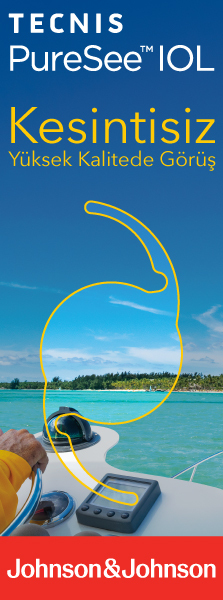2Asist. Dr., Kütahya Health Sciences University, Medicine School, Ophthalmology Department, Kütahya, Türkiye
3Prof. Dr., Kütahya Health Sciences University, Medicine School, Ophthalmology Department, Kütahya, Türkiye DOI : 10.37844/glau.cat.2023.18.13 Purpose: To evaluate the effects of cataract surgery with high and low fluidic parameters on individuals retinal thicknesses in early postoperative period.
Material and Methods: The study included 64 eyes of 64 patients who underwent uncomplicated phacoemulsification surgery for senile cataract. The patients were randomized to phacoemulsification with low (32 eyes) and high fluidic parameters (32 eyes). In both groups, the amount of balanced salt solution used (ABS), cumulative dissipated energy (CDE) and surgical time were recorded. Macular segmentation analysis in the foveal and parafoveal area was performed with spectral-domain optical coherence tomography (OCT) before surgery and on days 7 and 30 after surgery, and the OCT Fast Macular Thickness program was used to measure the thickness of individual retinal layers in both groups.
Results: The mean age of the patients in the low and high fluidic groups were 61.8±5.4 and 60.4±6.7 years, respectively. The mean CDE and surgical time were significantly higher in the group using low fluidic parameters, while the mean ABS was significantly higher in the high fluidic group. On day 7 after surgery, there was a significant increase in the thickness of the parafoveal inner nuclear layer in the patients group who underwent surgery at high fluidic parameters, while no significant difference was observed in the low fluidic groups. On the 30th day after surgery, a significant increase was observed in the thickness of the parafoveal outer nuclear and inner nuclear layers in both groups, and the change in this layers was significantly higher in the high fluidic group.
Conclusion: This study shows that the increased intraocular pressure during surgery due to high bottle level may also have an effect in the pathophysiology of inner retinal layer thickening in addition to the role of surgical induced inflammation.
Keywords : Phacoemulsification, low and high flow parameters, macular segmentation




